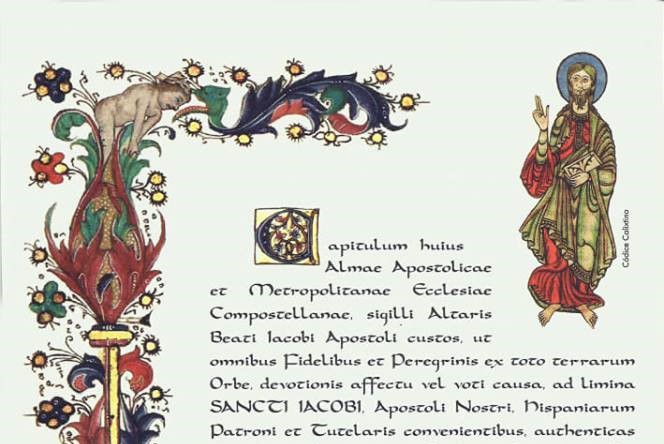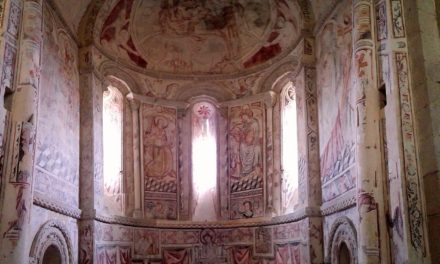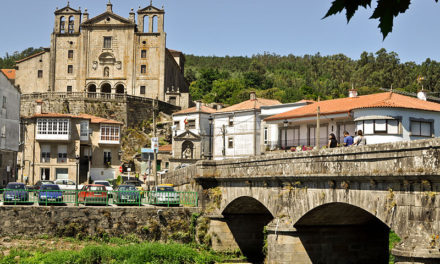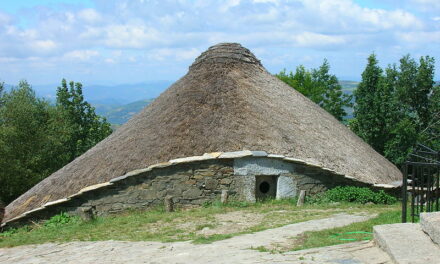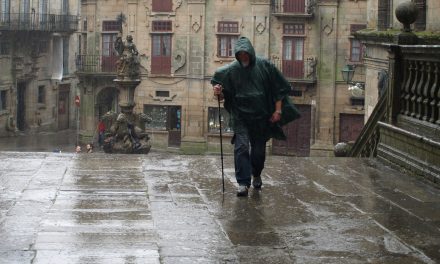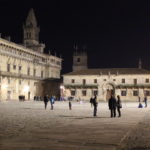The “Compostela” is the document issued by the Pilgrim’s Office of the Cathedral of Santiago that accredits having made a pilgrimage.
From the origin of the pilgrimages to Santiago, in the ninth century or even earlier, different social and religious reasons would have led the pilgrims to request an accreditation of their compliance. At the beginning, pilgrimage insignias like the scallop-shell served that function. They were sold around the cathedral, so their acquisition served as proof of a completed pilgrimage. However, malpractice soon blossomed and these ‘proofs’ of pilgrimage could be obtained so easily that finally they proved and meant nothing.
Although the Cathedral of Santiago and the Papacy tried to fight against forgeries, even issuing a bull threatening excommunication to the counterfeiters, but finally opted for the creation of a document: the so-called letters of evidence, the oldest examples of which date from the thirteenth century.
Throughout the centuries, the importance of this document which proved the completion of a pilgrimage to Santiago began to increase, especially after the creation of the Royal Hospital of Santiago by the so-called Catholic Monarchs-Ferdinand and Isabel. This pilgrims’ hospital – a kind of mixture between a shelter and hospital – allowed those who were able to produce their Compostela to stay free for three days. Still today, the Renaissance building, now converted into a luxury tourist hostel and known as Hostal de los Reyes Católicos, respects its tradition of hospitality by offering free meals everyday to the first pilgrims who arrive with their “Compostelas”.
Currently, the cathedral of Santiago continues to issue the certificate of the “Compostela” to all those who have completed a pilgrimage for religious and / or spiritual reasons, whether walking, cycling or riding. This pilgrimage must also include at least the last 100 kilometers, in the case of having done it on foot or on horseback, or the last 200 k if it has been done by bicycle. In order to demonstrate that, in fact, these requirements are met, the pilgrim who requests it must show his credential properly stamped – at least twice a day – along the official route.
Regarding the children, who travel in increasing numbers with their parents or in groups, the cathedral chapter has established that they can receive the Compostela if they have done their First Communion or are able to grasp the spiritual significance of the pilgrimage.

